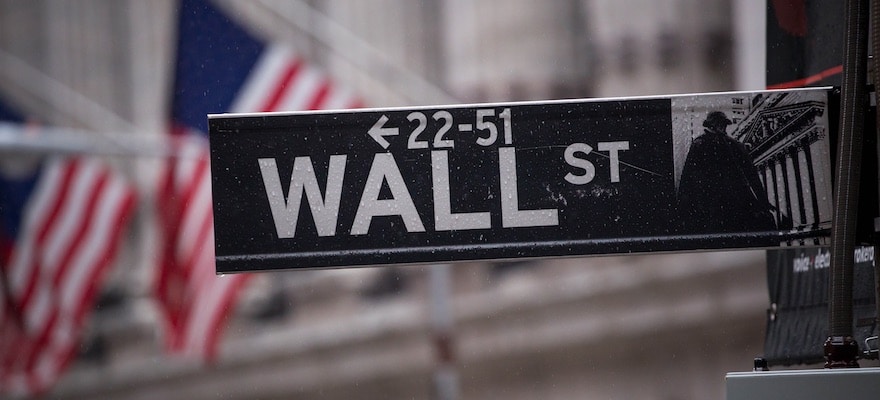The US markets continue to digest an influx of data in the economic, geo-political and earnings arenas leading to continued Volatility not only in the broader markets but on an individual stock basis as well.
While analysts and traders try to find a definitive trend in the indices, for us as TradeviewMarkets this is an ideal time for our traders to apply one of our main principles: identifying stocks that display relative strength and relative weakness. Now that the majority of US companies have reported earnings and the ever-“import” jobs number at the beginning of the month is out, we look for stocks that have settled, if you will.
Stocks that have gapped up or down and have continued that trend while trading with good range and price action. That is what we do. We will leave it to the “pros” to disseminate any non-farm payroll data or potential effects from a Greek hangover or ECB decision. For us, we let stocks tell us what to do by the actions/movement in the markets and futures.
After crude oil has had the biggest two-week bounce in the last 17 years (some 20%) and with many stocks having 5-10% moves (CAT, BABA, QCOM, CMG, AMZN, LNKD, GPRO, GILD to name a few) this is a time to capitalize on core positions and get rid of losing positions. We can’t stress this enough.
All too many times traders sell their winning positions to book a profit against their losing positions only to see the losers get worse (a loser is usually a loser and we all know it), and the winning positions, more times than not, turn out to be even bigger winners than the very profits one took in that very stock.
With that being said, the indices (by indices we mean INDU, NASDAQ, RUSSELL 2000) are close to all-time highs but, as one can see from the daily chart of the SPYs, we are in a range, and the longer we are in a range with this volatility the more likely something is to give way.
The market is without a leader now.
Stocks and groups are rotating between oils, pharma-bio-tech, financials and those that are sensitive to moves in the dollar. We see some clients trying to pick a market direction instead of playing ANY financial instrument against the moves. If you want to pick a market direction and play the moves then trade futures. But think this way, suppose the futures have a 10-handle rally intra-day (not lunchtime) and you have MSFT, for example, or a stock “in play” that is weak on the day and hasn’t participated in the rally, wouldn’t your edge here be to short MSFT rather than shorting the SPYs etc., instead of trying to pick a spot in the market?

In conclusion, for this upcoming week we keep in mind that many stocks have gaps in their charts, mostly on fundamental news, but what we have our eye on is the way the markets react to news. Here is where your homework comes into play. Was Friday’s late selloff in the market a product of the jobs number when traders took this as a "buy the rumor, sell the news" event, or was it from negative news out of Greece? We don’t know the answer and, just like with many traders and analysts, there is uncertainty. So it is still yet to be seen if corporate earnings will lead the way with very little economic news due out for some time or if there are geo-political hangovers abroad.












